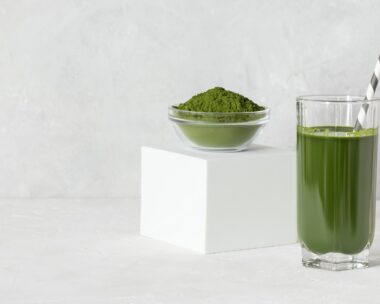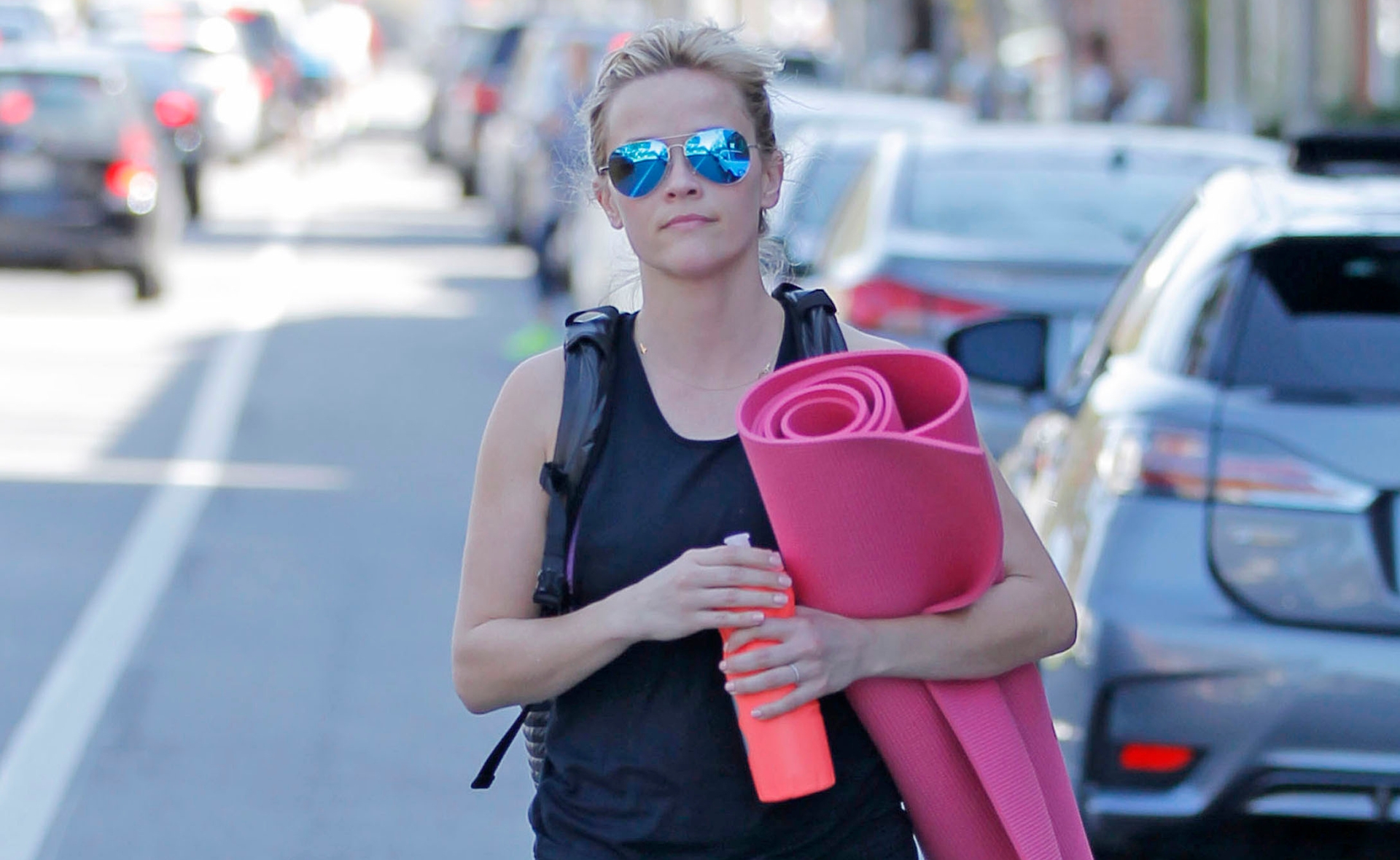Living with lactose intolerance There’s nothing worse than being crippled with cramps every time you drink dairy. Here’s how to replace milk without sacrificing your health.
Pain explained
Milk contains a sugar called lactose, which our gut breaks down using the lactase enzyme. If you don’t have enough lactase, you can suffer diarrhoea, abdominal pain and bloating when you consume milk.
“Everyone has a different degree of that enzyme available,” explains Kate Gudorf, spokesperson for the Dietitians Association of Australia. “Certain ethnic groups are more prone to having less, and as we age we can start to lose it. Generally, the younger you are, the more of that lactase enzyme you have.”
A lot of people have a lactose threshold – the challenge is learning how much dairy they can have without feeling ill.
Knowing your limits
It takes a bit of trial and error to work out how much lactose you can tolerate. Most people can handle 240ml of milk a day, and many find small amounts of cheese and yoghurt okay.
“Milk and dairy products provide us with a host of vitamins and minerals – things like calcium, phosphorus, protein and carbohydrate,” Kate explains. “It’s really important that if you do suspect you have a lactose intolerance you meet with a dietitian to have your whole diet assessed so you don’t miss out on the essential vitamins and minerals.”
Most lactose-intolerant people handle full-fat milk better, so avoid low-fat and skim options. You can also purchase lactose-free cow’s milk.
Canvassing your options
The good news for people who have discovered dairy is a no-go, is that there are now countless delicious alternatives.
“Soy milk is the most popular substitute,” Kate says. “It’s good because it has protein, but you need to make sure you buy one that is fortified with calcium.”
Almond milk and rice milk are other good alternatives. “Rice milk and almond milk are generally lower in protein so it’s not always a ‘one for one’ when it comes to replacing cow’s milk,” Kate points out. “That’s why people with lactose intolerance need to see a dietitian to help them construct a healthy diet.”
Cooking without gas
When cooking, you can replace cow’s milk with soy milk, however it may change the taste or texture of your dish. And avoid boiling soy milk or it might curdle.
Mixing one cup of soy milk with a tablespoon of vinegar works as a great alternative to buttermilk, and you can cook down soy milk to make an evaporated milk alternative.




